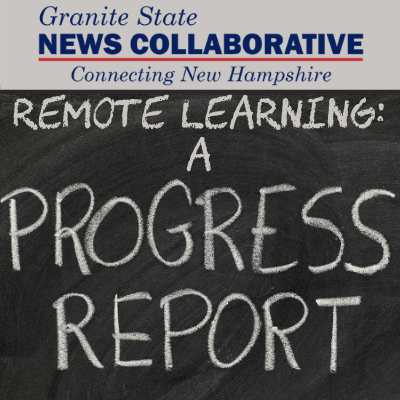English language learners (ELL) — children whose first language isn’t English or whose families primarily speak another language — make up just over 3% of the students in the state, according to 2019-20 estimates used to determine state aid to localities for the cost of providing an adequate education. However, that varies widely from district to district: Manchester has the highest population of ELL students, while some towns have no ELL population. ELL students, sometimes called ESL or ESOL students, attend mainstream classes and complete assignments, but also get additional support from ELL teachers.

